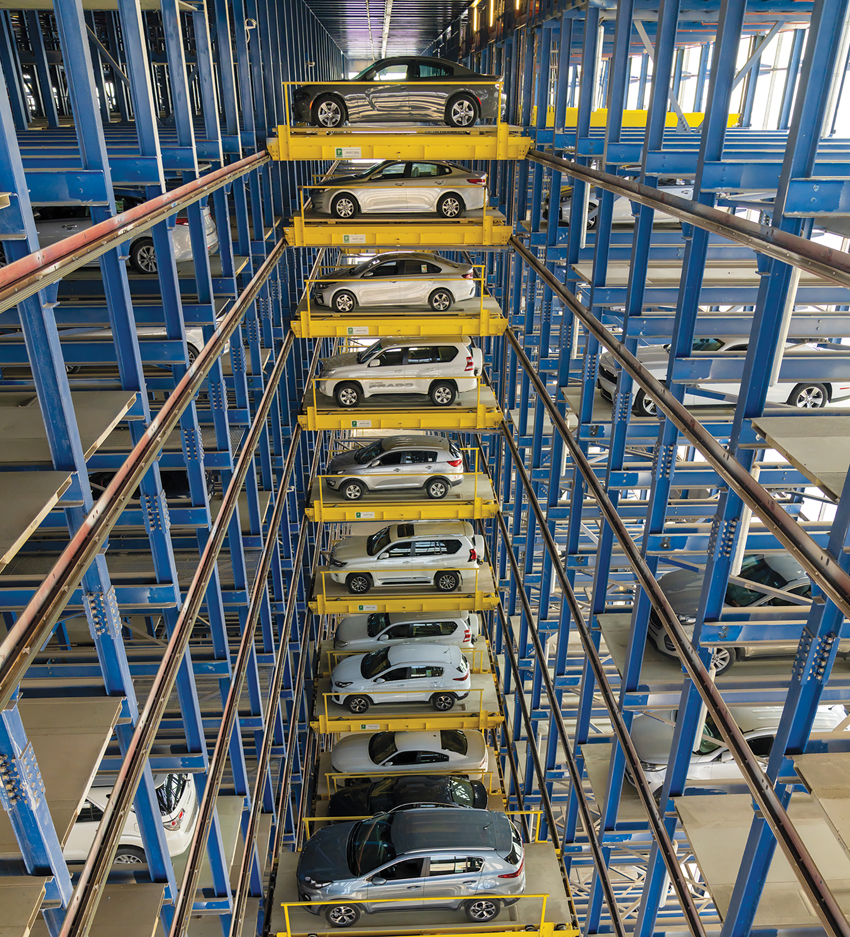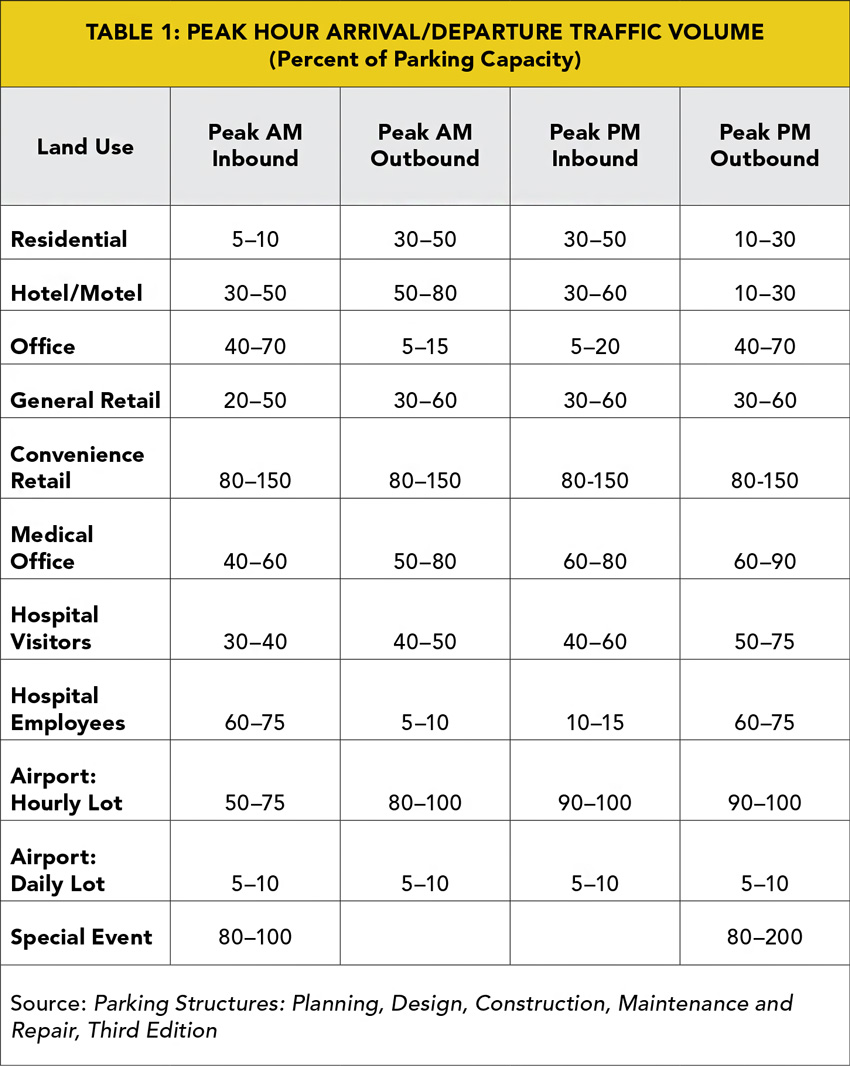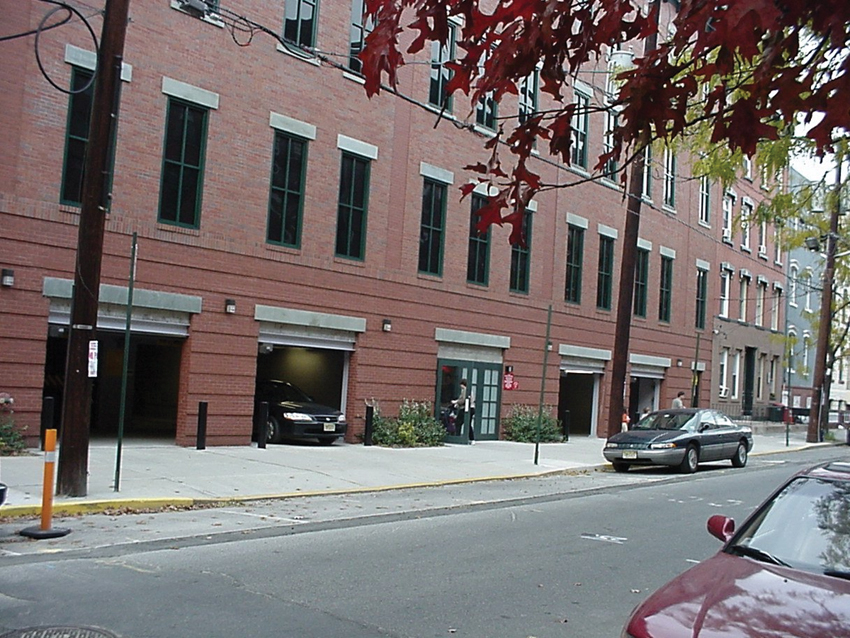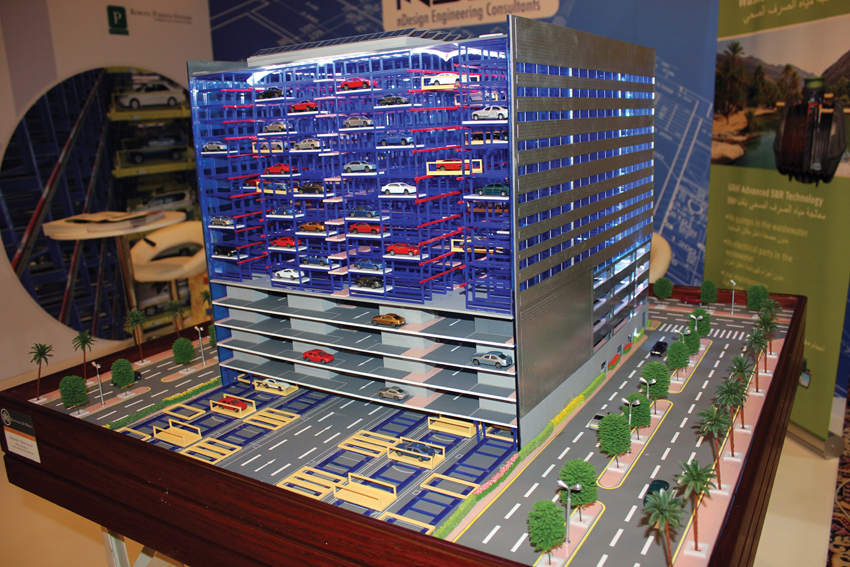What Is in the Contract?
Learning Objectives:
- Identify important points when contracting an automatic parking system (APS).
- Explain the principle of standard of care: design responsibilities and fit for purpose.
- Provide reasonable ways to secure performance.
- Demonstrate performance measurements for APSs.
- Share as an example the case study of a 2,314-space APS, certified by Guinness World Records as the largest in the world, that was successfully manufactured, delivered, and installed using this model contract.
Credits:
This course is approved as a Structured Course
This course can be self-reported to the AANB, as per their CE Guidelines
Approved for structured learning
Approved for Core Learning
This course can be self-reported to the NLAA
Course may qualify for Learning Hours with NWTAA
Course eligible for OAA Learning Hours
This course is approved as a core course
This course can be self-reported for Learning Units to the Architectural Institute of British Columbia
What is in the contract? This important document contains the guiding principles in any project, before, during, and after design and construction. When it comes to an automatic parking system (APS), however, there is no widely accepted standard contract to guide a project from inception to completion.

All images courtesy of Robotic Parking Systems, Inc.
A successful automatic parking system (APS) requires a contract with clauses specific to this unique type of project.
This course provides elements from such a contract. The model contract demonstrates the importance of providing neutral, comprehensive, and industry contract specifics and specs that—in the interest of all involved from users, owners, planners, and providers—are vital for the success of automatic parking in general. In addition, the course presents a comprehensive case study of the largest APS in the world that was successfully executed—manufactured in the United States, delivered overseas, and installed—using the model contract expanded upon here.
What Is an Automatic Parking System (APS)?
In the 1990s, automatic parking was still largely just a discussion about possibilities. While there were some old mechanical garages and systems in New York and New Jersey, to most people in the parking industry, a robotic garage was one where the entry and exit gates went up and down automatically. The concept of a software system running a garage was still futuristic.
This was the environment in 1994, when one company coined the term ‘robotic parking’ and established the Florida-based company that designed, built, transported, and installed what would be certified as the largest robotic parking garage in the world. This company developed the lift-and-run system, a software-controlled system that ran three separate sets of machines for the X, Y, and Z axis motions to take a car from an entry bay terminal to an upper level, park it, and bring it back to the terminal on demand.
The lift-and-run system, integrating mechanical capability with software control, was a monumental breakthrough in the parking industry because it can handle 20, 30, or more simultaneous car transactions inside the system and thus drastically increase peak traffic performance. As the New York Times mentioned in a 2000 article, this company’s working garage in Hoboken, New Jersey, was the country's first fully automatic garage.
Standard of Care
In the standard of care directive, a design professional has the responsibility or duty that anything that is designed needs to “fit for the intended purpose of use.” This is a very general and broad definition. However, it becomes more and more important as it has been implemented by the courts during the past 10 to 15 years. In the automatic parking industry, it means that if an architect, engineer, or an automatic parking engineer knows that 400 parking spaces, for example, are needed for a residential development, s/he then has the obligation to make sure the associated required peak traffic capacity for a specified APS is designed in accordance with industry standards. It has to move the vehicles in and out of the system in a timely manner consistent with standards.
Here is an example where the standard of care (sometimes referred to as “fit for purpose”) was not applied. A company installed an APS in south Florida for 230 parking spaces designed for a high-end apartment building at the beach.
As per a table designed by the National Parking Association (NPA), a throughput requirement of 50 percent of parking capacity was needed, which would be 115 cars per hour, which means about two cars per minute. However, the actual installed system took 15 minutes to retrieve only one car, so it was not designed nor installed to fit the purpose of serving the residents. Legal action ensued, and at the end, the APS company had to pay for not achieving the design standard.
According to the NPA, “The most important factor for designing the access requirements for any parking facility is to determine the peak-hour arrival and departure traffic volume.” This in turn determines the layout and design of the APS. If a design professional does not adhere to this industry standard, s/he can be held liable by the developer or owner.
In addition, it is extremely important at the very beginning of the planning process to determine the support-system grid layout of an automatic parking facility. This affects the efficiency of any layout of the facility and will optimize the footprint. This is exactly how planners start the layout of any building with a conventional concrete-ramp parking structure. First, the column layout is determined for the parking facility. Then, the upper floors of the building are based on this column layout. This process also should be followed with an automatic parking facility in the very early planning stage.
Contract Elements Specific to Automatic Parking
The elements of the model contract presented here are based on 25 years of international contract experience in APSs. It is based on appropriate forms of International Federation of Consulting Engineers (FIDIC) contracts.
Note that only the contract clauses specific to APSs are shown here. General contract clauses as covered in other AIA contract formats, such as General Notes, Languages and Law, General Obligations of Parties, Risk and Responsibility, Commencement and Delays, Variations/Changes, Suspension and Termination, Claims, Disputes, and Arbitration, Changes in Legislation, as well as Miscellaneous, are not covered here, as they are elsewhere described in detail in standard contracts.

This table from the National Parking Association shows the peak traffic volume for each type of facility.



















